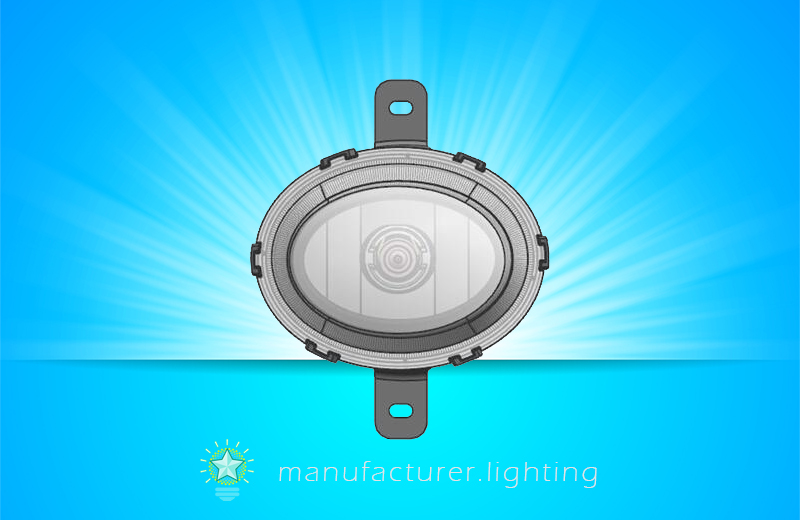
Automotive fog lamps are auxiliary forward lighting devices installed low in the front fascia of a vehicle. The fog lamps are designed to improve the illumination directed towards the road surface in conditions of inadequate visibility most notably rain, fog or snow. The fog lights are mounted rearwardly of the bumper and in use extend downwardly beneath the bumper, forwardly of the automobile furthermore in close proximity to the ground, where they are most effective, penetrating the fog and lighting up the ground for a certain distance, also visible to oncoming traffic. Fog lamps typically do not project substantial amounts of light over a horizontal plane, in order to prevent glare which may dazzle oncoming drivers. Traditional projector automotive fog lamps include a halogen light bulb enclosed by a polyellipsoidal reflector, which is covered by a glass aspheric condensing lens. Light-emitting diode (LED) light sources provide an efficient lighting solution. LED fog lamps may offer longer service life and far better vibration resistance than traditional fog lamps.
